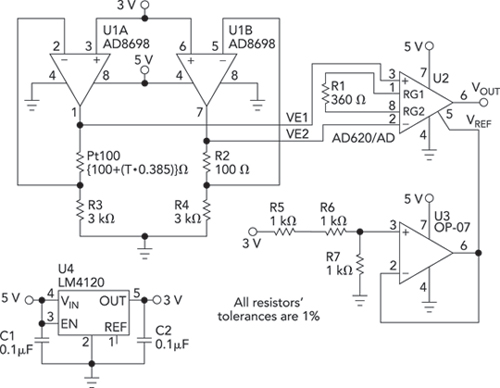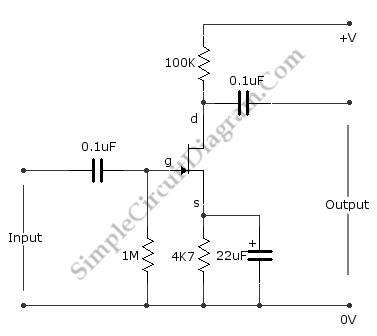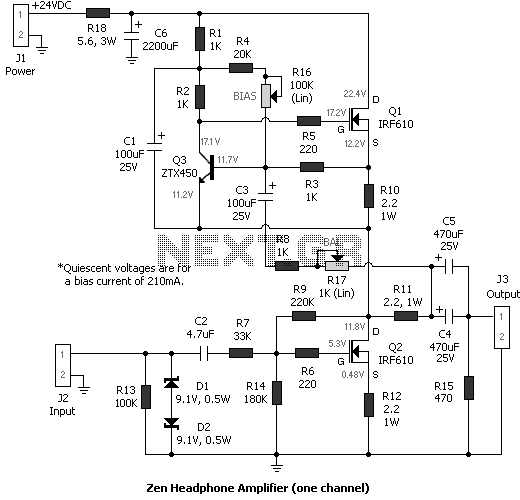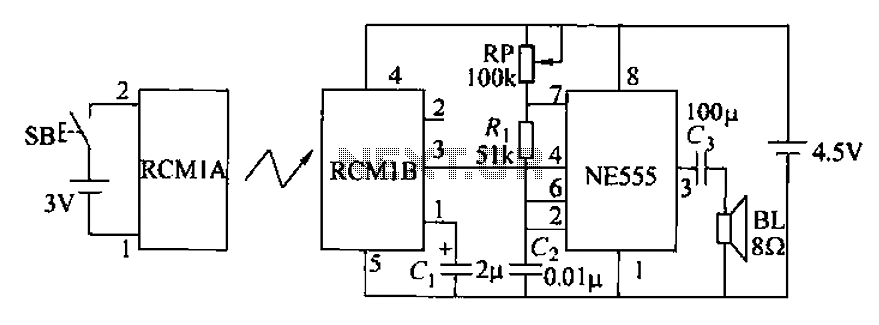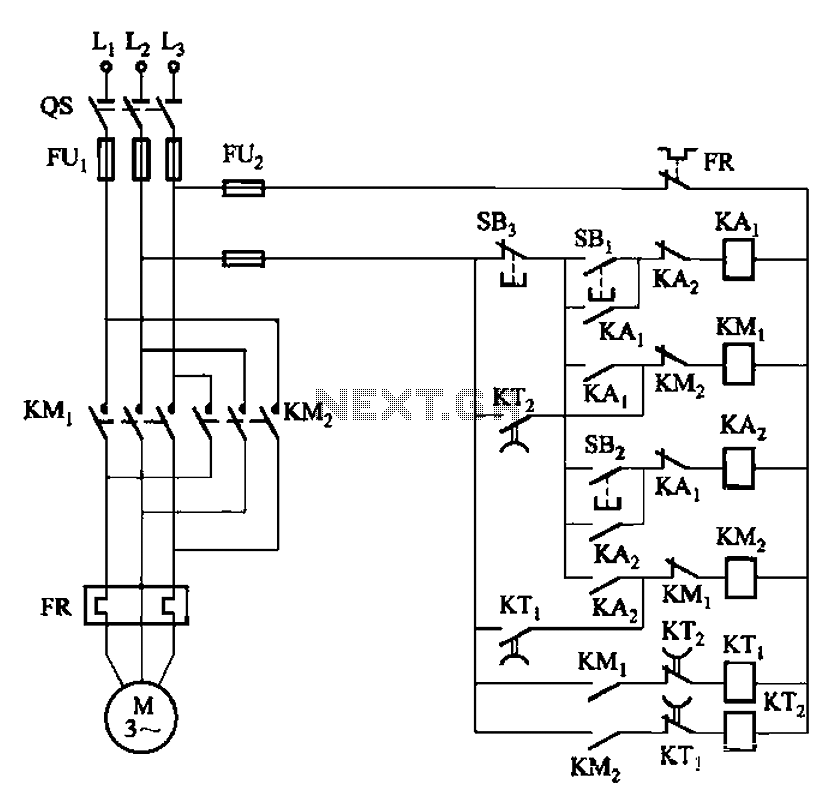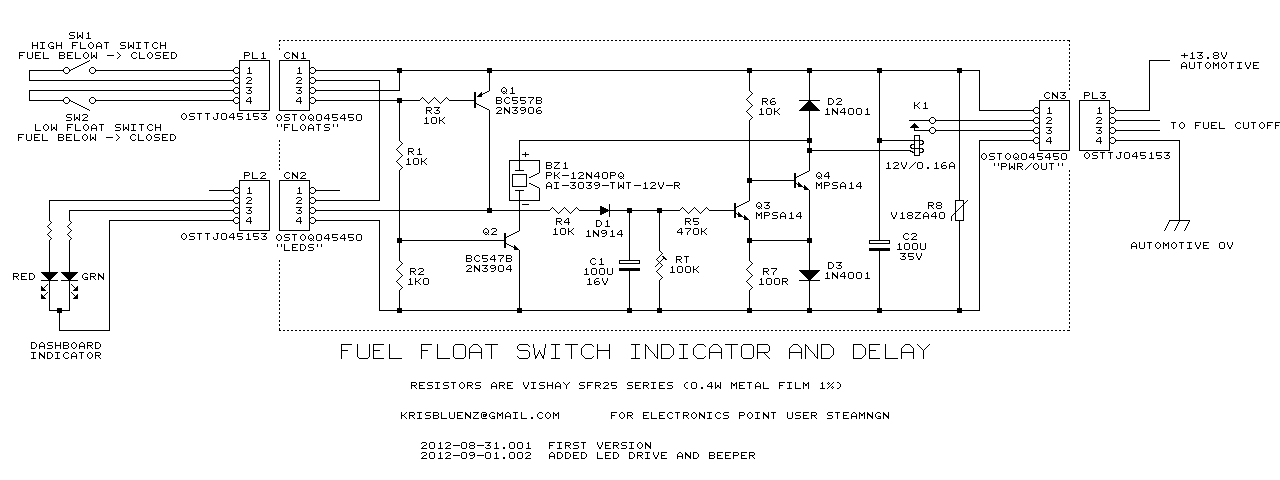
Voltage comparator amplifier circuit
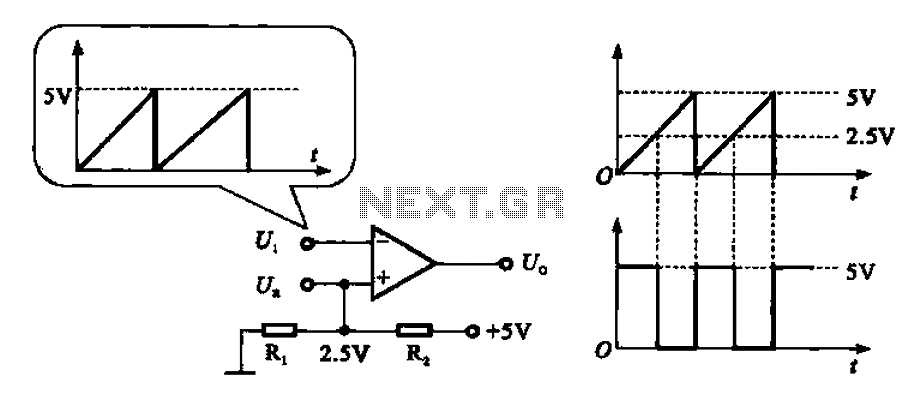
The addition and subtraction functions of an operational amplifier are facilitated through an external feedback network, which places the integrated operational amplifier in a deep state of negative feedback. In this linear region, the relationship between input and output is primarily determined by the parameters of the external feedback circuit. Conversely, the operational amplifier can also operate in a non-linear state, which occurs when it is in open loop mode or receiving positive feedback. In this non-linear operating state, the relationship between the input signal and output signal becomes non-linear, and the output terminal voltage is biased towards the positive saturation value.
The operational amplifier (op-amp) is a versatile component widely used in analog circuits for signal processing tasks such as addition, subtraction, amplification, and filtering. In the context of addition and subtraction, the op-amp utilizes a negative feedback configuration to ensure linear operation. This configuration involves connecting a portion of the output back to the inverting input through a feedback resistor network. The feedback network determines the gain and stability of the op-amp circuit, allowing for precise control over the input-output relationship.
In linear operation, the op-amp maintains a constant gain, which is defined by the ratio of the resistors in the feedback network. The linear region is characterized by the ability of the op-amp to produce an output that is a direct proportional representation of the input signal, adhering to Ohm's law and the principles of linearity. The output voltage can be calculated using the formula:
\[ V_{out} = (V_{+} - V_{-}) \times A_{v} \]
Where \( V_{+} \) is the non-inverting input voltage, \( V_{-} \) is the inverting input voltage, and \( A_{v} \) is the voltage gain determined by the feedback network.
In contrast, when the op-amp is configured in an open-loop state or with positive feedback, it enters a non-linear operating region. In this mode, the op-amp amplifies the input signal without any feedback to control the gain, leading to saturation at the output. The output voltage can quickly reach the maximum or minimum supply voltage, resulting in a clipped signal. This behavior is useful in applications such as comparators, where the op-amp is used to compare two input voltages and produce a binary output.
Overall, the operational amplifier's ability to function in both linear and non-linear states makes it a fundamental building block in analog electronics, enabling a wide range of applications from simple amplifiers to complex signal processing systems. Proper design of the feedback network is crucial for achieving the desired performance characteristics in both operational modes.Addition and subtraction of the operational amplifier through an external amplifier feedback network enables integrated operational amplifier in a deep state of negative feedba ck, so that the linear region, the input and output relationship mainly by external feedback circuit parameter determining network. Another operating state of the operational amplifier is non-linear state, that the operational amplifier in open loop or receiving positive feedback network.
In the non- linear operating under the state, the input signal and the output signal is no longer a linear relationship between the output terminal voltage is not biased towards the positive saturation value (Uo.), Is biased
The operational amplifier (op-amp) is a versatile component widely used in analog circuits for signal processing tasks such as addition, subtraction, amplification, and filtering. In the context of addition and subtraction, the op-amp utilizes a negative feedback configuration to ensure linear operation. This configuration involves connecting a portion of the output back to the inverting input through a feedback resistor network. The feedback network determines the gain and stability of the op-amp circuit, allowing for precise control over the input-output relationship.
In linear operation, the op-amp maintains a constant gain, which is defined by the ratio of the resistors in the feedback network. The linear region is characterized by the ability of the op-amp to produce an output that is a direct proportional representation of the input signal, adhering to Ohm's law and the principles of linearity. The output voltage can be calculated using the formula:
\[ V_{out} = (V_{+} - V_{-}) \times A_{v} \]
Where \( V_{+} \) is the non-inverting input voltage, \( V_{-} \) is the inverting input voltage, and \( A_{v} \) is the voltage gain determined by the feedback network.
In contrast, when the op-amp is configured in an open-loop state or with positive feedback, it enters a non-linear operating region. In this mode, the op-amp amplifies the input signal without any feedback to control the gain, leading to saturation at the output. The output voltage can quickly reach the maximum or minimum supply voltage, resulting in a clipped signal. This behavior is useful in applications such as comparators, where the op-amp is used to compare two input voltages and produce a binary output.
Overall, the operational amplifier's ability to function in both linear and non-linear states makes it a fundamental building block in analog electronics, enabling a wide range of applications from simple amplifiers to complex signal processing systems. Proper design of the feedback network is crucial for achieving the desired performance characteristics in both operational modes.Addition and subtraction of the operational amplifier through an external amplifier feedback network enables integrated operational amplifier in a deep state of negative feedba ck, so that the linear region, the input and output relationship mainly by external feedback circuit parameter determining network. Another operating state of the operational amplifier is non-linear state, that the operational amplifier in open loop or receiving positive feedback network.
In the non- linear operating under the state, the input signal and the output signal is no longer a linear relationship between the output terminal voltage is not biased towards the positive saturation value (Uo.), Is biased
